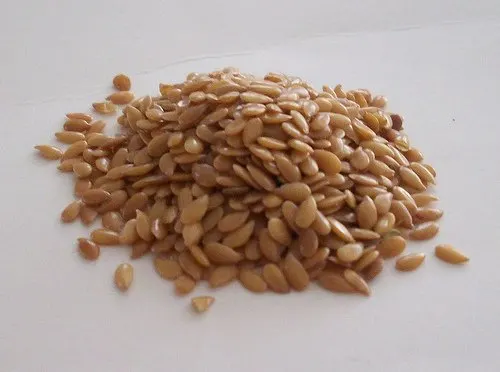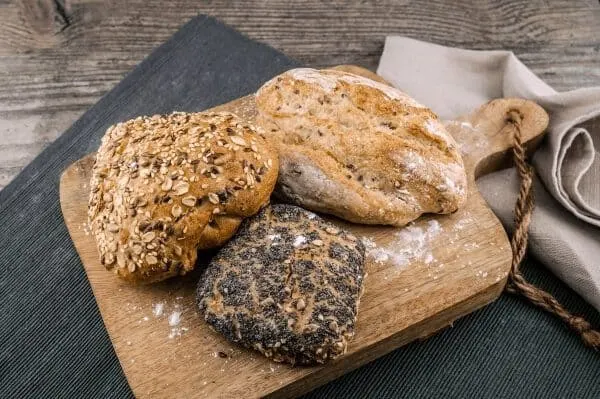This healthy seed can be a great addition to breads, muffins and even smoothies, but they do come in pretty big bags. After a while, that bag of flaxseed may have been forgotten. Can flaxseed go bad? How long can you store flaxseed?

Can Flaxseed Go Bad?
Flaxseed can go bad, and its shelf life depends upon how it’s processed and stored. The more processed flaxseed is, the more likely it is to spoil.
At room temperature, whole flaxseed can last for six months past the written expiration date on the package, while ground flaxseed only has a shelf life of about a week past the written expiration date. Because the packaging is not airtight, whether or not the package is open has no bearing on the shelf life.
Because the shelf life of ground flaxseed is so short, it’s best to purchase whole flax seeds and grind them as needed in a food processor or coffee grinder. This should cut down on waste, and will decrease the likelihood of eating rancid flaxseed.
What makes flaxseed so nutritionally valuable, is also what makes its shelf life so short. Flaxseed contains delicate omega-3 fatty acids that can go rancid rapidly. While eating rancid flaxseed shouldn’t cause too many immediate health issues, they will have an unpleasant taste and can cause digestive discomfort.

How to Store Flaxseeds
While you can certainly store flaxseed at room temperature, it will spoil the quickest this way. Refrigeration will help to preserve the life of flaxseed, both ground and whole.
Storing ground flaxseed in the refrigerator can extend its shelf life to one or two months past the written expiration date. Whole flaxseed will stay fresh for up to a year past the written expiration date.
Keeping flaxseed in the freezer can help them to stay fresh longer, extending the life of ground flaxseed to three months. Whole flaxseed will keep in the freezer for up to a year.
Flaxseed will not need to be thawed before using. It should also be noted that once a container of flaxseed is frozen, it should always be stored in the freezer. Freezing will make the structure of the oils more delicate and likely to go rancid once thawed. Try to replace the bag of flaxseed quickly after use to cut down on exposing the seeds to too many temperature changes.
Whether you choose to store your flaxseed in the pantry, fridge or freezer, it is important that it remains at a constant temperature. Temperature fluctuations can cause the seeds to spoil more rapidly.
Additionally, the seeds should be stored in an airtight container in a cool, dark place. Exposure to light, moisture and heat will also cause the seeds to go bad quickly. A sealable plastic containers, or glass jar is an ideal storage vessel, though sealable freezer bags are acceptable as well.
Signs Flaxseed Has Gone Bad
Flaxseed will most likely not grow mold, or otherwise have any visual signs of spoilage. This can make it difficult to tell when flaxseed has gone bad. Instead of relying on visual cues, how flaxseeds smell can give you a good idea of whether they’re still good.
Flaxseed should smell nutty and slightly toasty (this will be more obvious once they’re cooked). If the seeds smell musty, fishy or rancid, they’ve gone bad and should not be consumed. The same is true for chia seeds.
Flaxseed that has been stored in a cold environment may not smell as strongly. So, if you’re unsure of whether the flaxseed smells rancid, you could try tasting a small bit. If the seeds have a bitter taste, or a dusty texture, they’ve gone bad and should not be consumed.